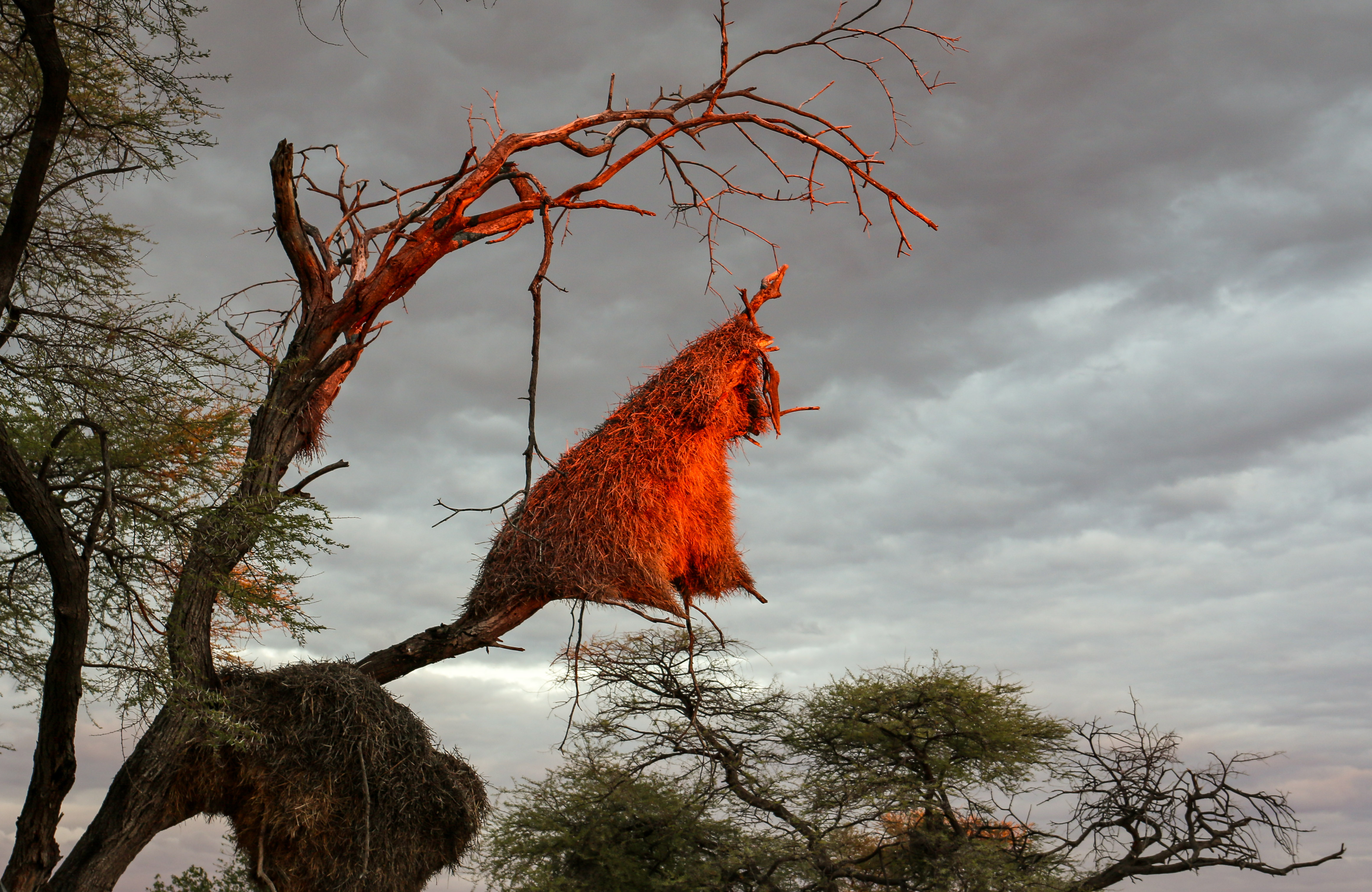Decades of groundbreaking research into species such as sociable weavers are on the line as diamond giant De Beers prepares a possible sale of two critical reserves near Kimberley to help shore up its balance sheet ahead of its looming split from Anglo American.
Conservationists say De Beers has an opportunity to seal its environmental legacy by ensuring that the research projects can continue under new ownership by having such conditions written into the deeds of sale for the Benfontein and Dronfield nature reserves, or through other measures.
The reserves host five long-term research projects on mammals, birds and plants, most of which have been running for more than 30 years.
But the company, while it says it is taking the research activities at the properties into account, is not making a rock-solid commitment on this front.
“As part of our focus on streamlining our business… we are exploring options to divest certain non-diamond assets including the Benfontein and Dronfield Game Farms in the Kimberley region of the Northern Cape, where we have not had active mining operations for more than a decade,” De Beers said in response to Daily Maverick’s queries.
“At this stage, no final decision has been made regarding the divestment of these properties.”
De Beers said it was consulting widely about the potential sale of the reserves.
“As part of our approach, we are undertaking a due diligence process and will engage with relevant stakeholders, including research organisations, to support a responsible outcome for the land, wildlife and surrounding communities,” De Beers said.
“This includes also looking at considerations regarding the existing research activities undertaken on the sites.
“We remain committed to our legacy of conservation and are focused on identifying potential buyers [who] will prioritise the continued protection of wildlife and the creation of ecotourism opportunities.”
Conservationists say the scientific stakes are high.
“It would be a real shame if De Beers left town… and sold off something without helping to secure… the continuation of these… long-term research projects that have been running there for decades,” Dr Morné du Plessis, the CEO of the conservation NGO WWF, told Daily Maverick in an interview.
Du Plessis has first-hand knowledge of several of these projects, having supervised postgraduate students decades ago at the 11,000-hectare Benfontein reserve when he was director of the FitzPatrick Institute of African Ornithology.
“The beauty of a long-term project is that you’ve got an understanding of a system that a student who comes in to do a two- to four-year research project can really build on.
“For that student to come in and start something from scratch is often, with ecological research, very, very difficult to pull off,” Du Plessis said.
The projects at Benfontein include one focused on sociable weavers, famed for their massive compound nests that adorn telephone poles along the lonely highways of the Northern Cape. Another has been rooted in the camel thorn tree, and others are looking at carnivores such as the black-footed cat and termite-feeding animals.
The 12,000-hectare Dronfield reserve supports what is probably the largest colony of critically endangered white-backed vultures in Africa – a population that has been studied for more than 30 years.
“I would say this is unsurpassed in South Africa as a focal area for long-term studies on a variety of organisms. It’s irreplaceable,” Du Plessis said of the reserves and their role in advancing science and conservation.
His views have been echoed by scientists involved in the projects.
“Any change in land use resulting from this sale would represent an irreplaceable loss of research and education opportunities built over many years, and a change in land use or management would cause significant damage to a sensitive habitat,” said one scientist familiar with the work at the reserves who asked not to be named.
Conservationists say that the options available to De Beers include transferring the properties to a trust that would manage them to ensure that the research projects are maintained, or stipulating in the deeds of sale that they be allowed to continue.
De Beers stresses that it still has plenty of land that will be used for conservation purposes.
“Following the divestment of these properties, we will continue to own and manage more than 200,000 acres of land for dedicated conservation purposes in locations adjacent to our mining operations in South Africa and Botswana, which are home to a wide array of flora and fauna including 15 endangered and vulnerable species,” the company said.
De Beers’ plans to sell the properties –against the backdrop of a potential scientific outcry – throw its financial state into sharp relief. The company faces an existential crisis from surging sales for far cheaper lab-grown gems and other trends, including the fading allure of diamonds. There is a reason Anglo is keen to sell or separately list De Beers, which it impaired by $2.9-billion in its 2024 results.
De Beers needs to bolster its balance sheet ahead of any sale or spinoff from Anglo, and although a divestment from these properties makes business sense – they are not core assets – it also gives the impression that it is scrambling to raise cash by shaking any available tree. But Anglo is still the mother ship and because it is striving to boost its green credentials, it might not want its historic restructuring efforts to be tarnished by accusations that it undermined conservation science in the process.
The sale of these two reserves will be subjected to significant scrutiny. DM
This story first appeared in our weekly Daily Maverick 168 newspaper, which is available countrywide for R35.

https://www.youtube.com/watch?v=REeWvTRUpMk





